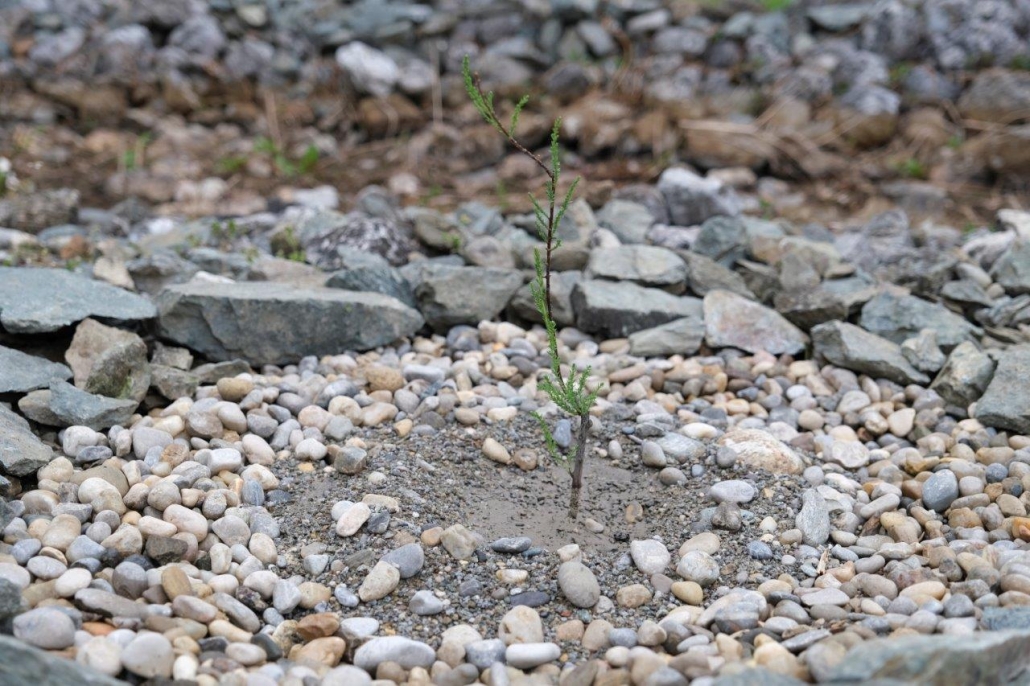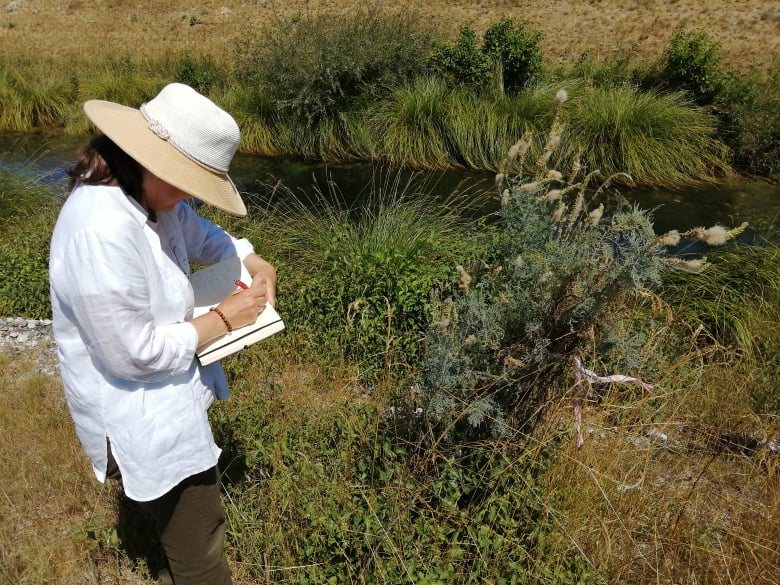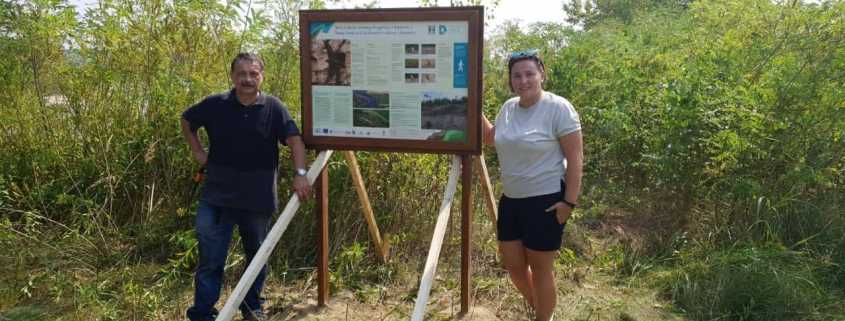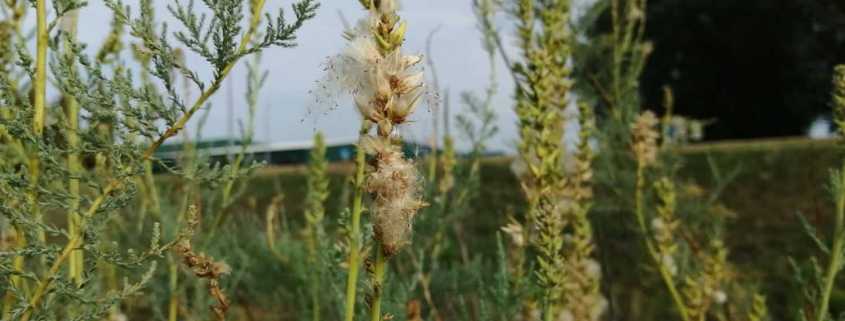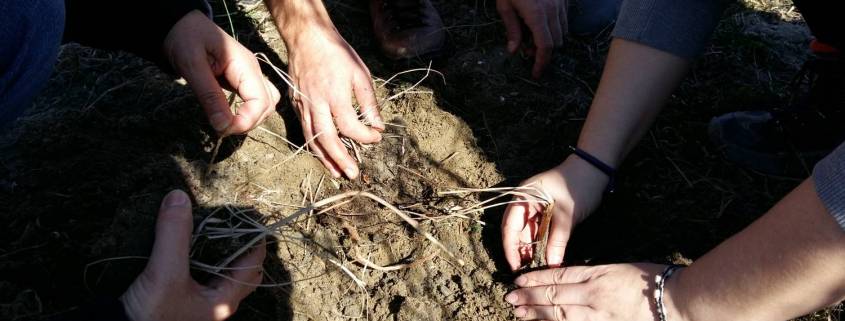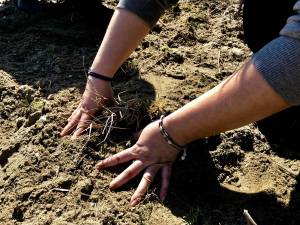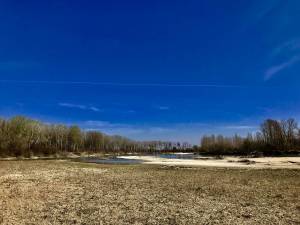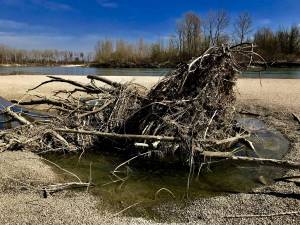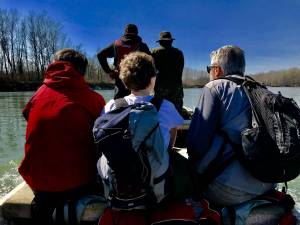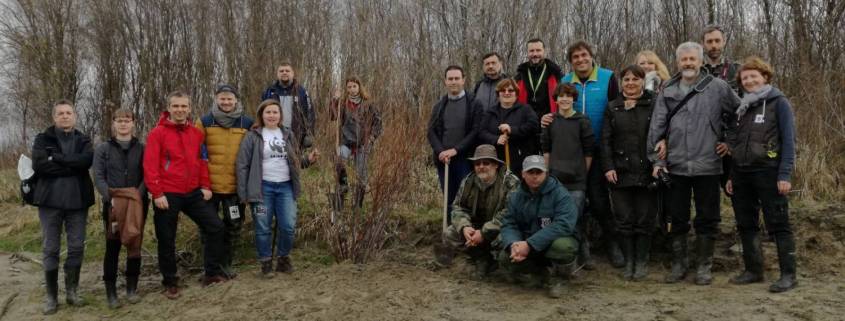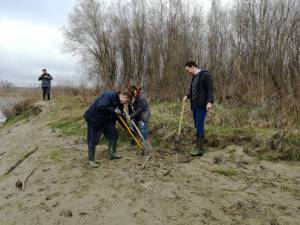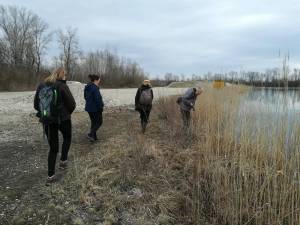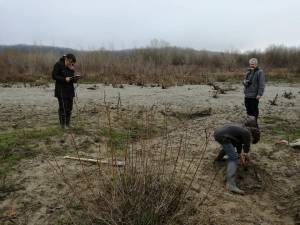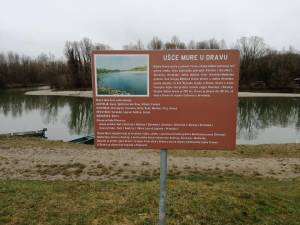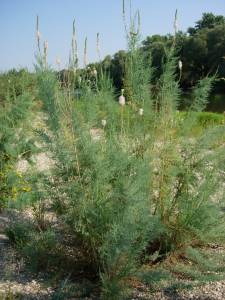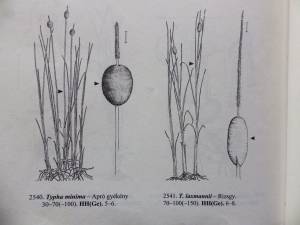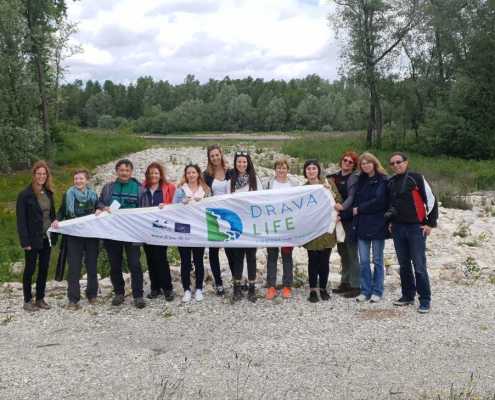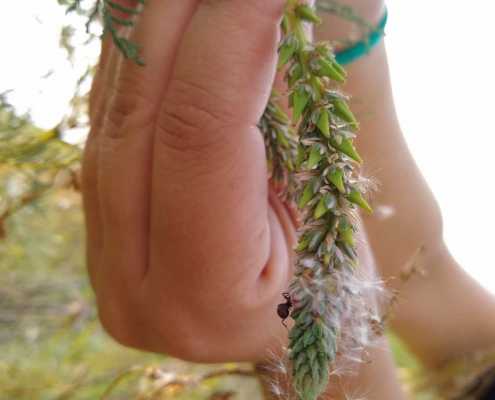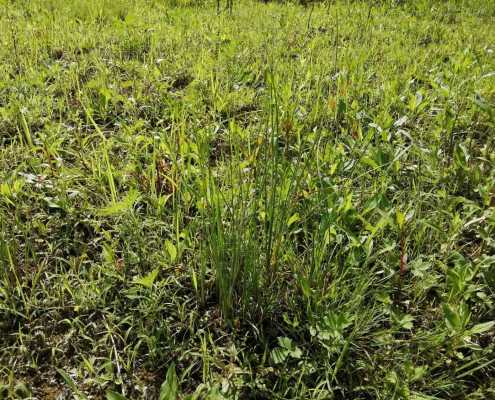Restored branches near Donja Dubrava, Legrad, and Gola were opened
/in Drava, Nekategorizirano, Project /by Iva Naglić DolićDonja Dubrava, March 14, 2024 – Activities for the restoration of Drava River branches within the project “DRAVA LIFE – Integrated River Management” have been completed in the areas of the municipalities Donja Dubrava, Legrad (rkm 238.2-241.4), and Gola (rkm 215-217). With the increase in water levels, the restored branches have become flowing again.
Through the opening and creation of new branches, the removal and adaptation of riverbanks and other water structures, as well as the preservation of floodplains and natural steep riverbanks, key natural features of the Drava River ecosystem, one of the last remaining natural European rivers, are restored. Sediments and barriers were removed from existing branch channel routes, ecological ponds and deep pools were constructed, and gabion barriers and transition ramps were reconstructed at several locations.
“After the restoration works, which began at the end of September 2023, the left bank branch near Donja Dubrava will be 1.56 km long, and the right bank branch will be 1.88 km long,” explained Igor Tošić, the project manager from the Croatian Waters. Both branches, which were overgrown and silted before the restoration works, will relieve pressure on existing water structures downstream, especially during flood events, by opening and diverting new inflow from the main river channel, thus protecting embankments and nearby settlements. This will reduce the need for repairs and construction of regulatory structures along those sections of the Drava, and specifically, with the restoration of the left bank branch in Donja Dubrava, it will increase embankment safety for flood protection.
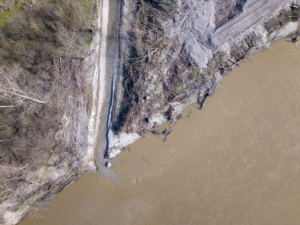
Foto: Goran Šafarek
Additionally, in the left bank inundation from stations rkm 215+000 to 217+000 in the municipality of Gola, near the village of Novačka, works have been completed to open the first 100 meters of an existing non-flowing branch, approximately 1.3 km long.
Drava is known for its highest biological diversity of fish in Croatia and colonies of river birds.
“The habitats on the Drava include some of the most endangered in Europe, such as floodplain forests, wet meadows, gravel bars and sandy shores, branches, steep banks, dead arms, standing branches, abandoned channels, and meanders. Due to various adverse effects, with climate change leading the way, there are changes in hydrological conditions, often causing degradation and disappearance of these habitats, making them increasingly endangered, with their area reduced,” explained Željka Kolar, director of the Public Institution for the Management of Protected Nature Areas in the Koprivnica-Križevci County.
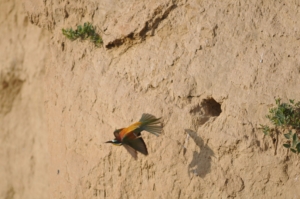
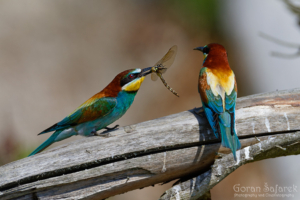
Sand martins and king fishers
In addition to the positive effects on flood defense and Drava’s hydromorphology, branch restoration activities will significantly contribute to increasing biodiversity. New river habitats will intensify along the banks, and new habitats for spawning, feeding, and resting of fish and amphibians will be created within the branches themselves. Drava is known for its highest biological diversity of fish in Croatia. Out of 70 recorded species, five are endemic to the Danube basin: Danube salmon (Hucho hucho), bleak (Rutilus pigus), monkey goby (Gymnocephalus baloni), racer goby (Gymnocephalus schraetser), and streber (Zingel streber)). Out of 70 recorded species, 38 are included in the Red Book of Freshwater Fish of Croatia. Positive effects will also extend to birds nesting on gravel and sandy bars and steep banks, such as the sand martin (Riparia riparia) and the kingfisher (Alcedo atthis).
After the recently opened new branch near Gabajeva Grede and the completion of works in the municipalities of Donja Dubrava, Legrad, and Gola, preparatory work for the branch near the Botovo bridge will continue until the end of March, followed by a break until September to prevent disturbance to river birds, such as sand martins (Riparia riparia), European bee-eaters (Merops apiaster), and kingfishers (Alcedo atthis) during the breeding season.
Intensive educational activities will be carried out during these months. Besides the restoration of the Drava River ecosystem, education on nature protection and Natura 2000 areas in local communities is an important part of the DRAVA LIFE project to increase awareness of the importance of natural and preserved rivers for humans and living beings dependent on them and to prevent human disturbance of birds during the breeding season through recreational activities such as fishing, paddling, and swimming.
In September, restoration works on the Drava will continue at the remaining planned locations in Varaždin and Virovitica-Podravina counties.

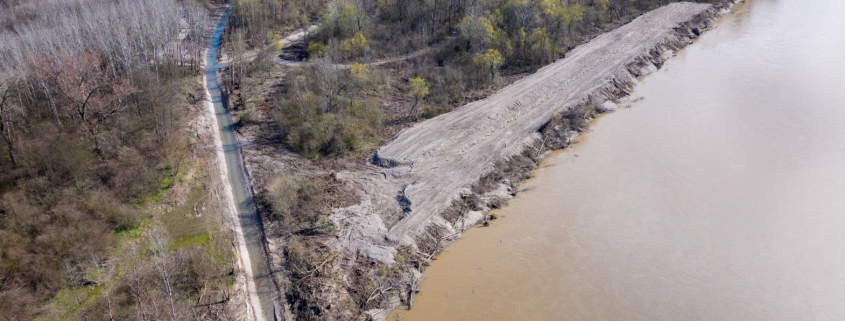
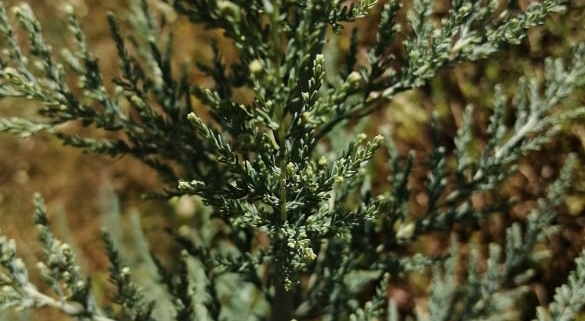 WWF Adria
WWF Adria